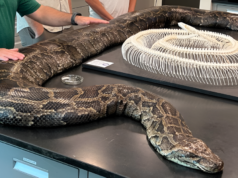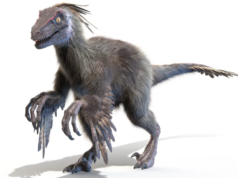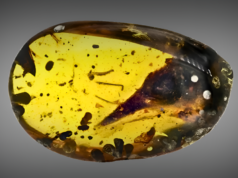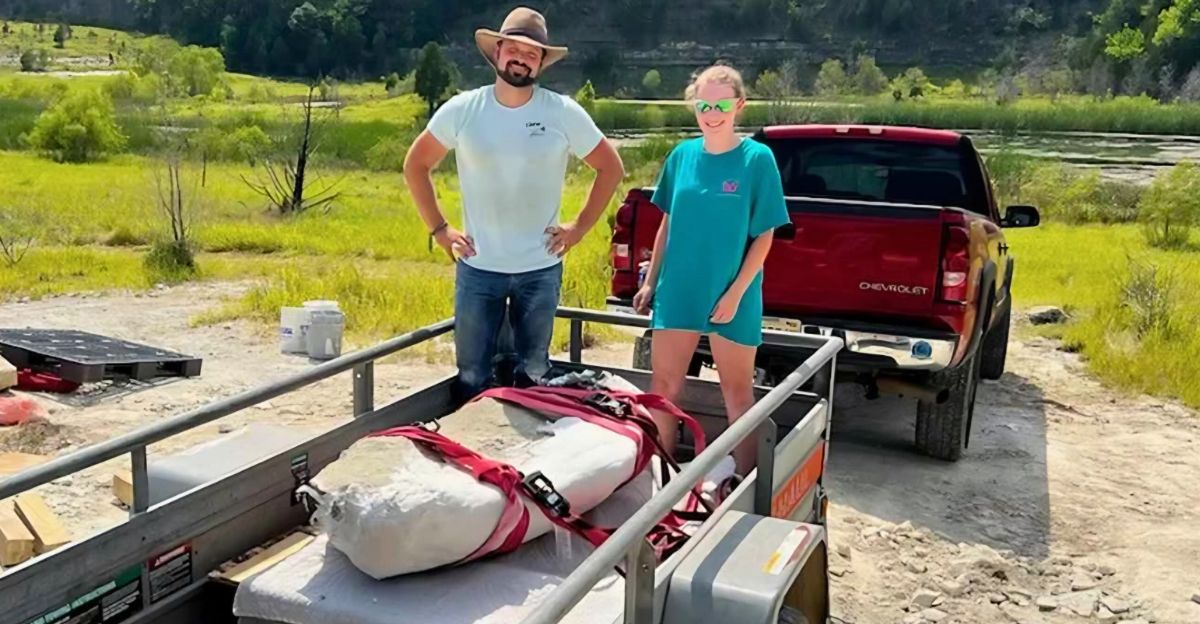
A lost coal mine in rural Alabama, long abandoned and in the process of being reclaimed by nature, once shared its secrets. These long-hidden truths would shake even seasoned paleontologists.
Something ancient—allegedly older than the Appalachian Mountains—was buried beneath the shattered shale, its story hidden for millions of years.
As rumors of a discovery spread, the region geared up for an unveiling—one that would change our understanding of the origins of life. The question remains: What, exactly, was found?
Why Fossils Like These Are Significant Around the World
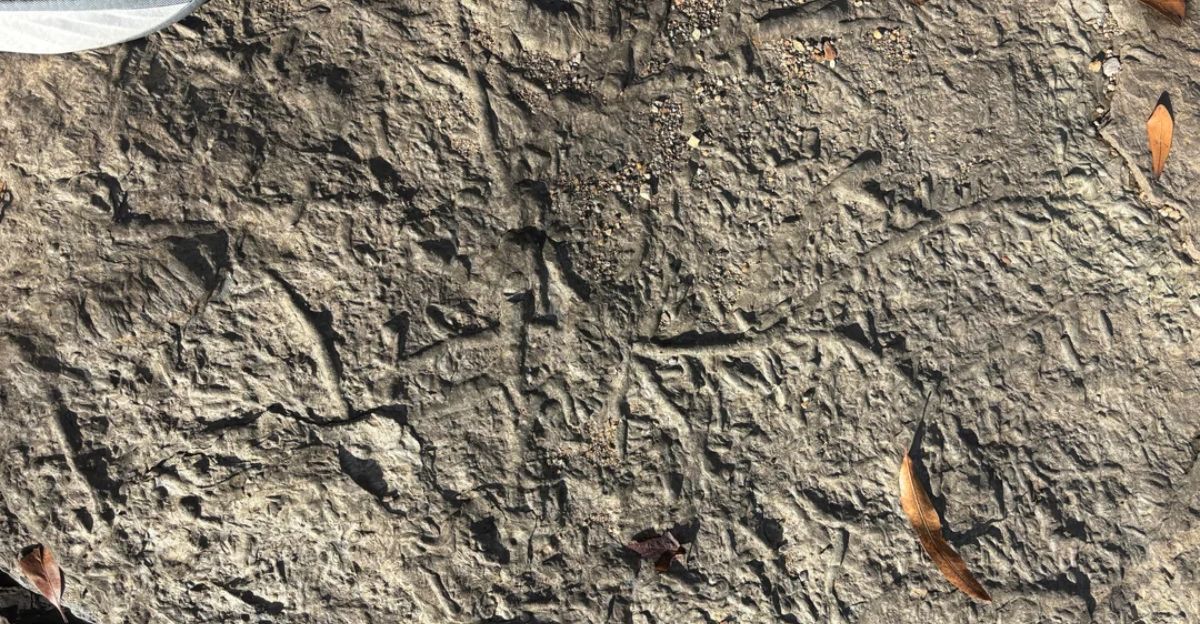
Fossil finds aren’t local novelties—they’re universal doorways to our collective past. When a new site reveals evidence of prehistoric life, it can shake conventional timelines, inspire international collaborations, and even inspire funding as regions capitalize on scientific tourism efforts.
Alabama’s fossil-rich soil, currently attracting attention on Reddit and in paleontology communities, is on par with world-renowned fossil-finding locations. It reminds us that Earth’s largest secrets may lie hidden in the most unlikely places.
Meet Ashley Allen: Alabama’s Local Celebrity

Ashley Allen is no celebrity scientist. A high school teacher from Oneonta, Alabama, he spent decades advocating for the old coal mine in Union Chapel to be recognized as a location of “historical significance,” according to ABC3340 News.
Driven by wonder, Allen’s hands-on teaching approach ensured that his students experienced science in the real world, not just theory.
And it was his humility and persistence, shared on Facebook and in classrooms, that turned a neighborhood hobby into a cause that has resonated with scientists and educators globally.
What Spurred the Quest for Ancient Hints?
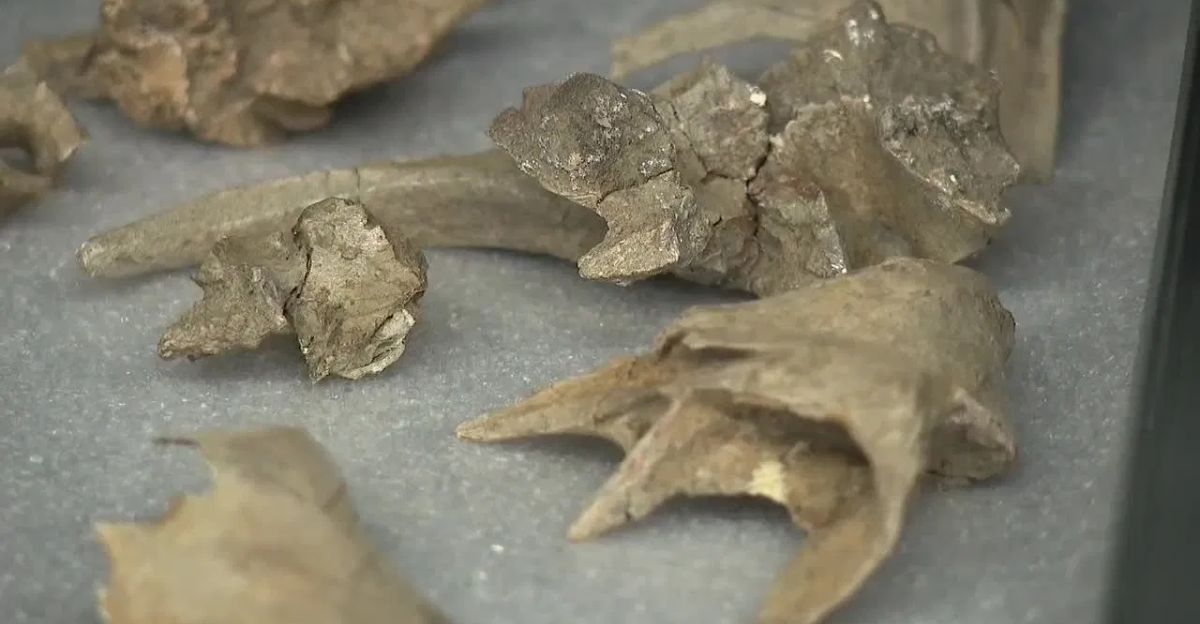
ABC3340 News reported that the discovery was made when one of Allen’s students led him and fellow pupils to a family-owned mine that was rarely visited. The land was about to be restored, in accordance with a federal law deadline.
So, during the trip, Allen, following the advice of a college mentor, began to look closer at the rock. He invited his students to join him, and together they made a stunning discovery. Now the race was one to document and preserve as much as possible before it vanished forever.
Fossils That Illuminate Life’s Early Stages
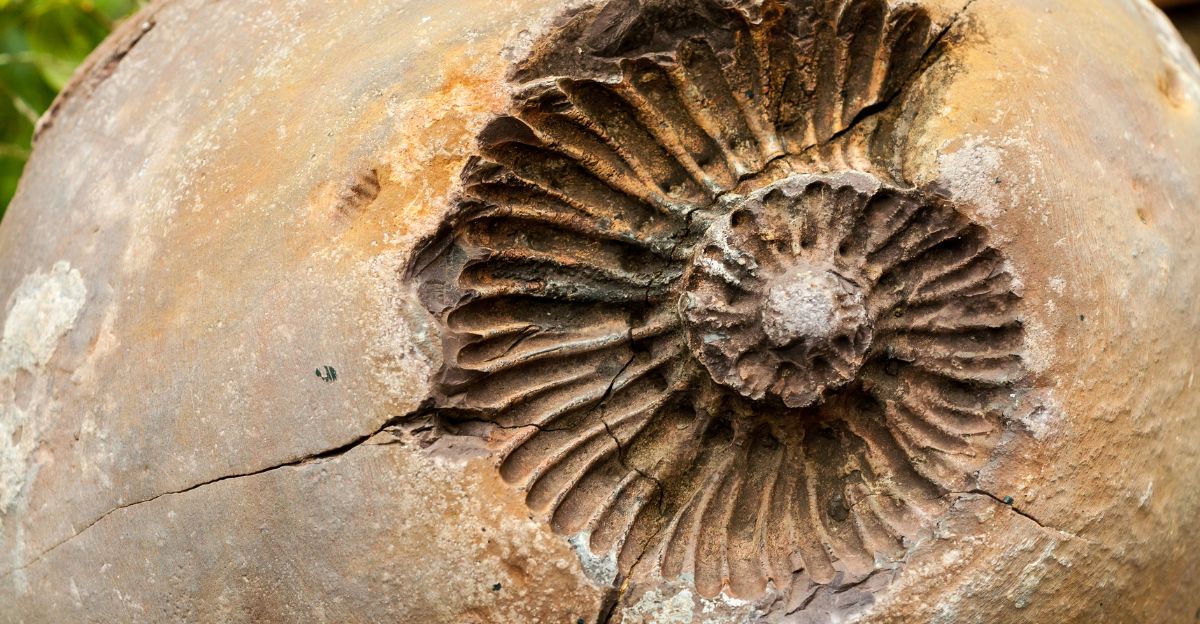
As the group explored the abandoned Union Chapel coal mine, Allen cracked open a 315-million-year-old slab. He found not only plant fossils, but three pristine tetrapod trackways—amphibian footprints, made as they walked across mudflats.
The fossils, now commonly called the Minkin Site collection, provided insight into how some of the first land vertebrates moved, behaved, and evolved. Scientists worldwide, including famous German ichnologists, have called it one of the most important discoveries of trackways.
How Are These Fossils Being Protected for the Future?
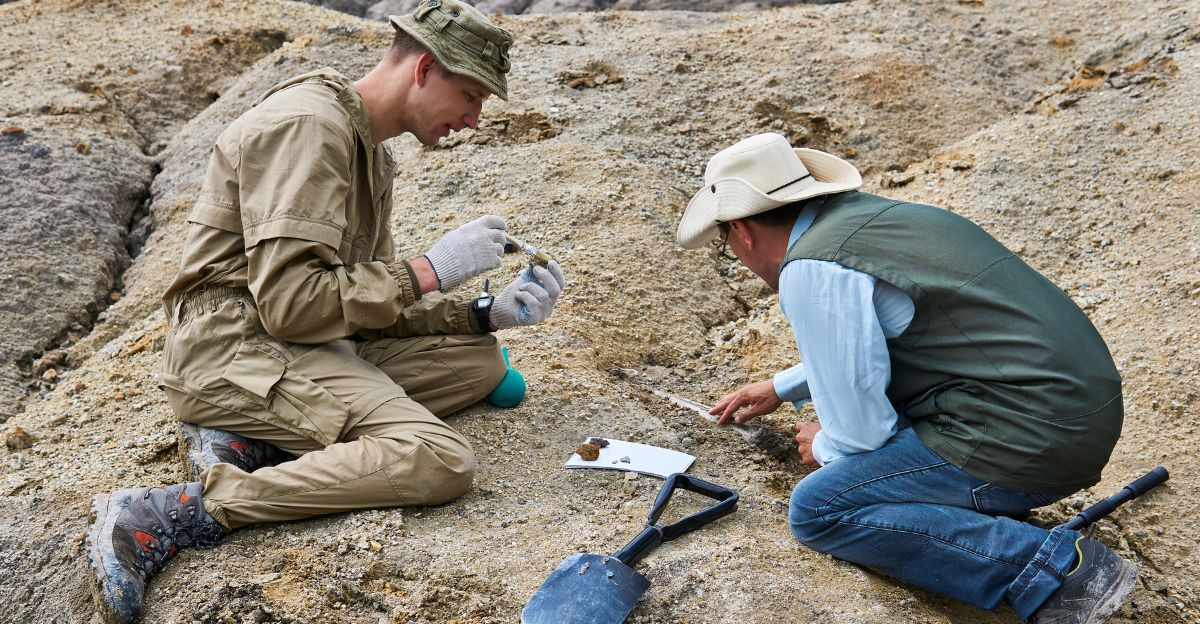
Conservation of the site became a community endeavor, uniting students, educators, amateur paleontologists, and professionals. Through public education, congressional action, and coordination with museums, the Minkin Site is preserved today for research and education purposes.
According to the Encyclopedia of Alabama, the site is managed by the Alabama Paleontological Society, and several of the fossils are displayed at the McWane Science Center.
Therefore, these important discoveries are extensively disseminated, not stored. Now, social media has increased interest in the site, making it something of a dream pilgrimage for science enthusiasts.
What Do These Trackways Really Tell Us?
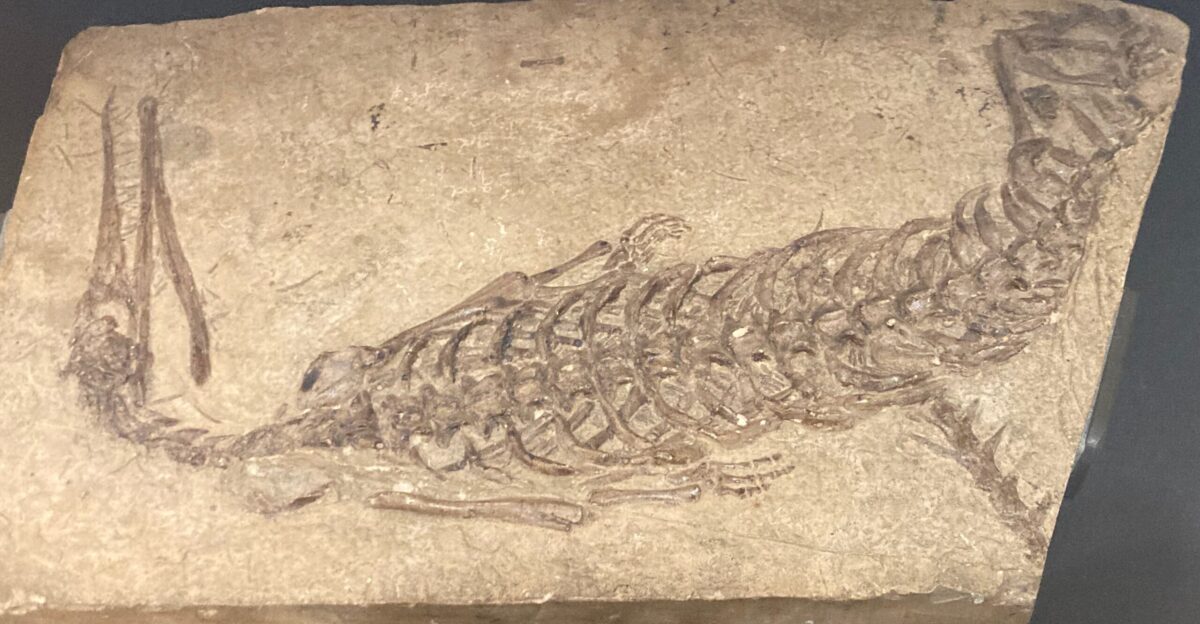
Whereas bones tell us about physiology, trackways tell us about behavior: how animals moved, if they traveled in groups or alone, and how they lived within their environment.
At the Minkin Site, researchers have mapped the earliest record of reptile and amphibian cohabitation and even the earliest indication of fish schooling behavior. These insights challenge our earlier hypotheses about when and how vertebrates occupied land, rewriting textbooks and igniting discussions on paleontology forums and in classrooms.
Alabama’s Fossil Heritage: Beyond the One Discovery
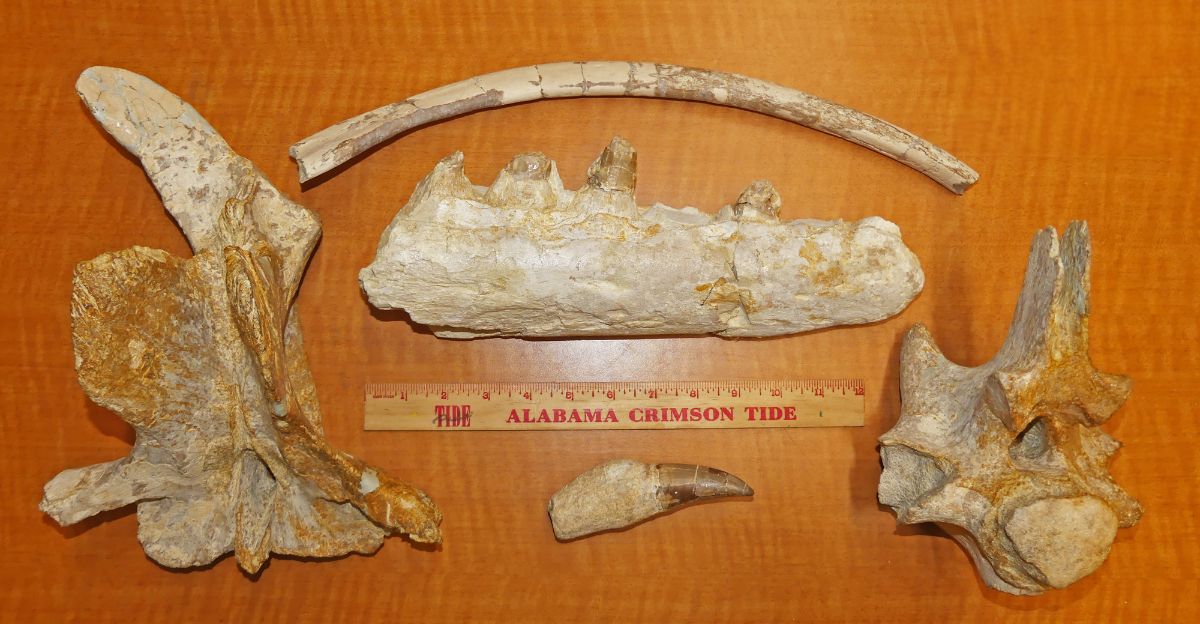
Alabama has a history of fossil discoveries, ranging from stunning finds of the teeth of ancient sharks to dinosaur feathers. Locations like the Minkin and Carbon Hill sites haven’t only produced isolated specimens, but they’ve also revealed entire ecosystems frozen in time.
Alabama’s unusual geology makes it a treasure trove of ancient history, drawing collectors and scientists who want to study the evolutionary leaps and mass extinctions to be found in this living laboratory.
What’s Next? May the Next Big Discovery Be Yours?
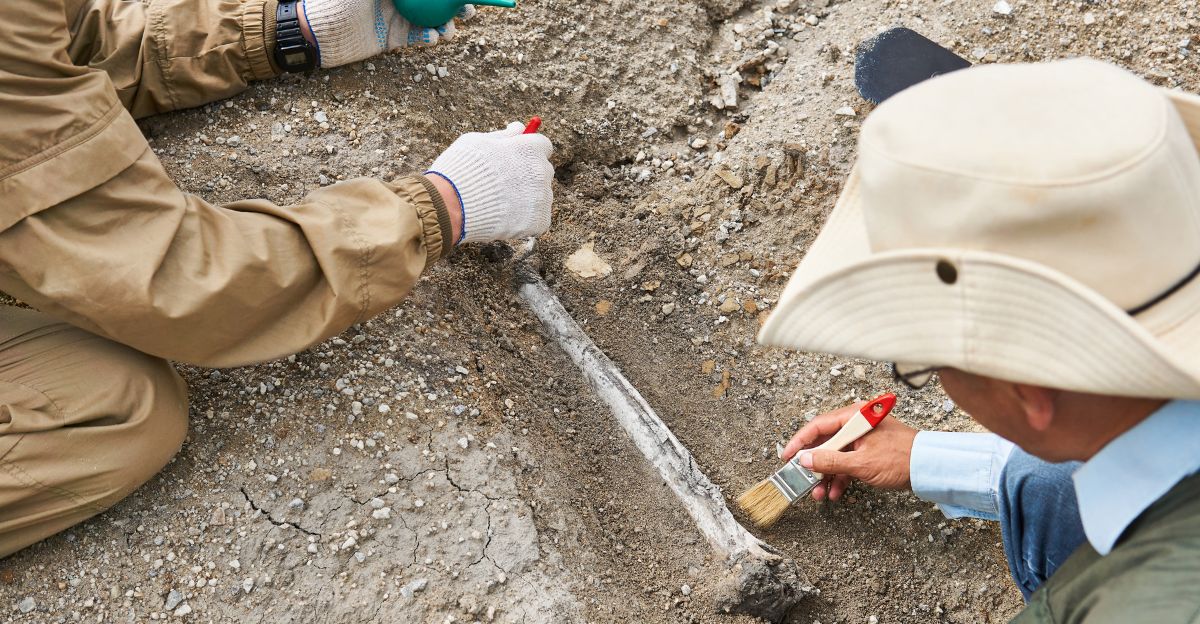
With the Minkin Site’s success, Alabama’s fossil-rich soil is a hotspot for potential discovery. Now, students, educators, and amateur paleontologists are scouring old quarries and riverbeds, sharing finds on Instagram and TikTok, and sometimes stumbling over their own scientific discoveries.
When climate and land use threaten other sites, Allen’s story reminds us: history’s greatest secrets may still be waiting for someone curious and relentless enough to keep looking.
The Enduring Power of Curiosity
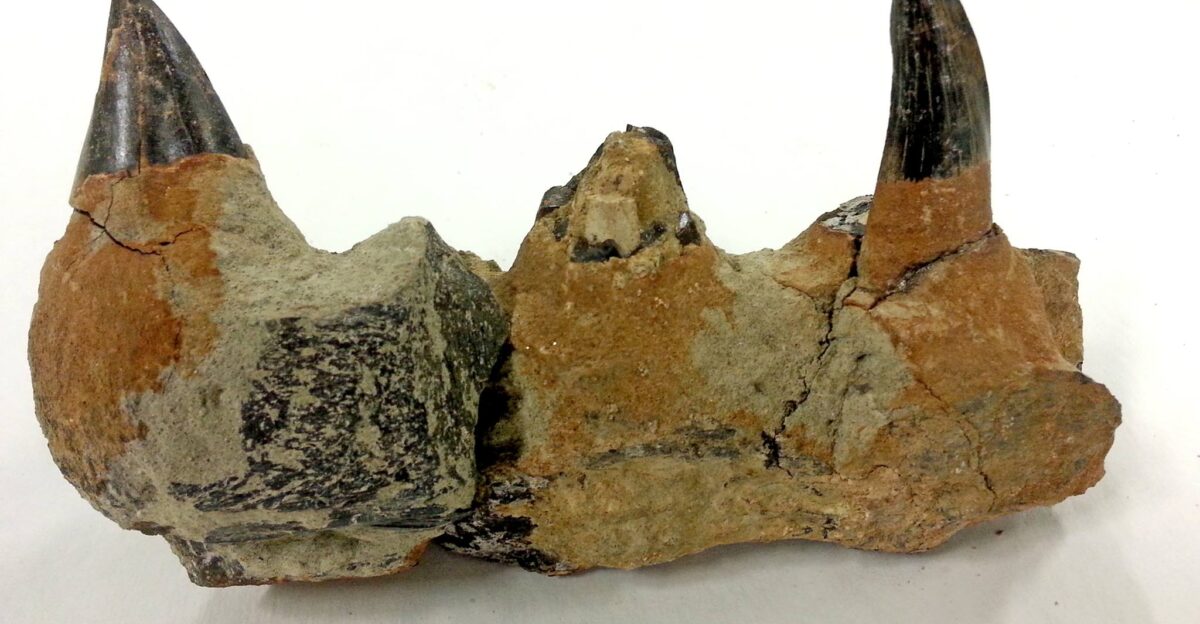
Allen’s journey from classroom hero to respected fossil finder shows that science is always looking to give us more information. Each fossil, each footprint, gives us back a piece of the past, forcing us to challenge what we think we know.
As the world changes around us, and our attention spans shorten, Alabama’s prehistoric puzzle endures because it’s not just about old rocks. It’s about the power of asking, seeking, and not letting the past slip away silently.


